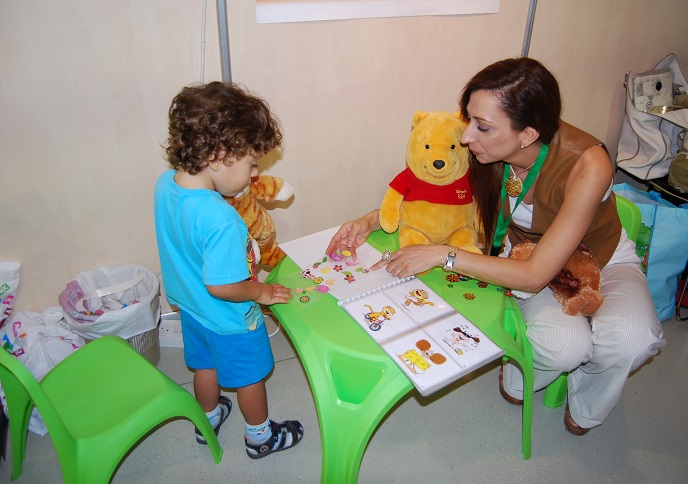How children learn how to speak: a cross-language investigation
The capacity of a child to learn a specific language in a defined, controlled situation is something that has piqued scientific interest for a while. For languages spoken in Western, educated, industrialised, rich and democratic (WEIRD) societies, it has even led to extensive research. But a model accounting for cognitive processes across all possible languages and environments is still nowhere to be found. “We’re still missing the bigger picture,” says Sabine Stoll, head of the Language, ACQuisition, DIVersity Lab (ACQDIV Lab) at the University of Zurich. “We need to understand the underlying patterns of language and language learning independently of any individual language. Besides, we have yet to define which environments should be investigated to make general claims about language learning.” To fill this gap, Stoll’s ACQDIV (Acquisition processes in maximally diverse languages: Min(d)ing the ambient language) project took a comparative approach. As it was clearly impossible to study 7 000 languages, she and her team carefully chose a dozen languages representative of the wide spectrum of language diversity. “We knew that if we detected the same learning mechanisms and learning conditions within this sample, we could make a reasonable case that these mechanisms are good candidates for truly general, species-wide language learning mechanisms and patterns,” Stoll explains. The project’s most important and perhaps surprising finding is that ‘highly diverse languages actually show very similar patterns in their distribution of grammatical features’. In other words, as children try to understand what they’re told, they always use similar ways to do so. They will consistently use known mechanisms such as interactional and statistical learning to build up their grammar and language. “For example, children will systematically repeat the same word over and over, in a short period of time, as they interact with a conversational partner on a specific topic. This helps them identify the word from the speech stream, attach a meaning to this word and learn about the different sentence constructions it can be used in,” adds Stoll. The same goes for repetitive patterns of specific words in conversations, also known in literature as ‘frames’. Within these frames, the two elements surrounding the word of interest allow the child to make clear predictions about grammatical features of this word. By doing so, they learn about grammatical categories such as nouns and verbs. Stoll found that this was a universal pattern, present in all languages from ACQDIV’s sample.
A rich database
Interestingly enough, the languages picked under ACQDIV are not mainstream only. Many are ‘small’ languages, some of which are endangered and underrepresented. This adds further value to the project’s results, as such languages often have features that challenge commonly accepted conceptions of what a person can or cannot learn. Stoll hopes this will set a new standard for future research, so that generalisations built around biased language samples become a thing of the past. As she puts it: “Previous methods were akin to inferring the locomotion of all mammalians based on a study focused on kangaroos.” ACQDIV was completed in August 2019, but Stoll has continued to pursue her research ever since. The project’s database of languages is constantly growing, and efforts have been refocused towards how children build up their language system with the help of the patterns established under ACQDIV. The project has also contributed to the creation of the National Centre of Competence in Research (NCCR) ‘Evolving Language’, financed by the Swiss government.







